■ Behind the Miracle 30 Seconds in J-Pop History! Interview with Pianist Hiroshi Sato - Part II
This is the second part of the interview with Hiroshi Sato, a pianist, composer, and producer who was praised by Tatsuro Yamashita as Japan's number one pianist.
In 1995, I was fortunate enough to interview Hiroshi Sato, one of the most iconic keyboard players in J-Pop history. Hiroshi Sato had contributed to many historic performances, collaborating with numerous J-Pop artists such as Tatsuro Yamashita, Minako Yoshida, Haruomi Hosono, Shigeru Suzuki, and Toshiki Kadomatsu. He passed away in 2012.
This series, including this installment, will share valuable conversations with Sato that I wasn't able to include previously. We'll explore his thoughts on music, his experiences with the musicians he worked with, and his passion for the art.
■ Interviewing Hiroshi Sato for a TV News Report!
I had the opportunity to interview Hiroshi Sato for a TV news report as a cameraman. Initially, I had planned to approach Tatsuro Yamashita, but since he does not appear on TV, I ended up reaching out to Hiroshi Sato.
The theme of the report was an economic topic: "Why does a CD in Japan cost over 3,000 yen, while an imported CD can be purchased for just over 1,000 yen? Exploring the reasons behind this."
I interviewed major record companies and discovered that, while imported CDs target a global market, Japanese CDs are primarily sold domestically, which limits their market scope. Another factor was the high cost of music studio rental fees in Tokyo, one of the most expensive cities in the world.
Now, let's hear from Hiroshi Sato.
■ Treasure Trove of Musical Stories from Sato-san! What Did Tatsuro Yamashita Share with Hiroshi Sato?
Hiroshi Sato was a very gentle and calm person. He listened to my questions seriously and answered thoughtfully.
Once the interview for the news segment was over, we put away the camera, and the conversation shifted to music. We talked about new equipment, synthesizers, and the best sound sources he had recently heard. During the conversation, I asked Sato a question I had been thinking about for a while.
Me: "In Tatsuro Yamashita's song 'Monday Blue,' there’s a short solo piano passage. I really love your playing in that part. Is there any chance you could incorporate more performances like that in your own albums?"
It was a rather bold question. Sato smiled and responded…
Sato: "The other day, I bumped into Tatsuro while walking around Shibuya, and he said the same thing you just did. I get it, but for some reason, I can't play like that on my own albums."
When Tatsuro Yamashita did a special tribute to Hiroshi Sato on his radio program Sunday Songbook, Tatsuro commented on the amazing moments of Sato-san's performance in "Monday Blue" (more details to follow). As I listened to the broadcast, I remembered that conversation with Sato and thought, "That’s exactly what he was talking about!"
■ Recommended Album: Tatsuro Yamashita - Go Ahead! (1976)
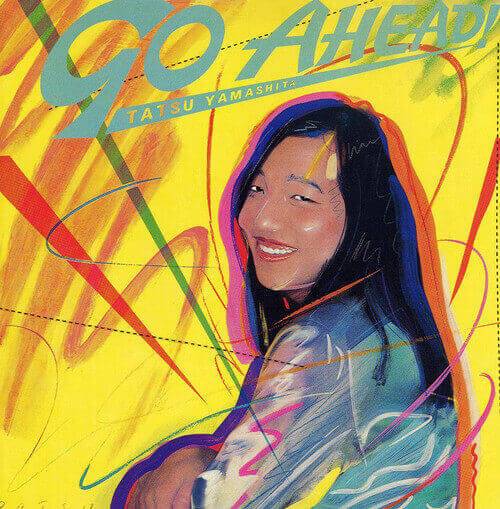
Tatsuro Yamashita's 4th album. "Bomber" became a hit in Osaka's discos and was later released as a single paired with "Let's Dance Baby." This album is a masterpiece from the eve of Yamashita's breakthrough. The best lineup for Tatsuro's band features Hiroshi Sato on keyboards, Akira Okazawa on bass, Ponta Murakami on drums, and Tsunehide Matsuki on guitar!
Recommended Track: "Monday Blue"
This is my absolute favorite ballad by Tatsuro Yamashita—an iconic song. At the time, no one in Japan was making such a beautiful ballad.
The recording was done with five musicians, and Hiroshi Sato played the Fender Rhodes electric piano. Later, Sato added the acoustic piano as an overdub. Sato had already crafted the acoustic piano part and suggested it to Tatsuro.
The break at the 6-minute mark is followed by a short solo on the Rhodes piano, and right after that comes the amazing acoustic piano solo. The 30 seconds from 6 minutes onward are a miraculous 30 seconds in J-Pop history, something unmatched! It’s my favorite moment of Sato-san’s playing. Every time I listen to it, I get chills. Tatsuro Yamashita himself has spoken about the brilliance of this track in an interview for a certain magazine. It’s an absolute must-listen!
■ Recommended Album: Hiroshi Sato - All of Me (1995)
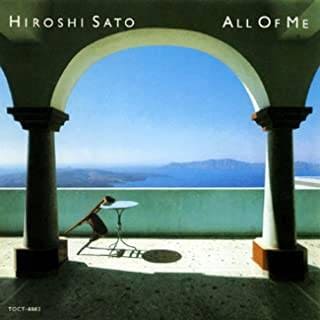
When I interviewed Hiroshi Sato, his latest album at the time was All of Me. The album featured high-quality J-Pop tracks, with the title track, "All of Me," played on the electric piano. However, Sato mentioned that he wanted to replace the electric piano with an acoustic piano for that track. It was a testament to his constant pursuit of refining his music and exploring different sounds.
Recommended Track: "Love Me"
During our conversation about his latest album, Sato asked me, "Which track do you like?" At that moment, I couldn’t recall the title, so I ended up humming the chorus: "♪ Let's go find Friday ♪."
Sato immediately recognized it and said, "Ah, Love Me." It was a trivial conversation.
The composition is beautiful, of course, but the acoustic guitar solo is absolutely stunning. It was played by Gonchichi's Gonzares Mikami. Also, the saxophone solo that follows, performed by Masato Honda, is incredible! It’s a must-listen!
Unfortunately, I wasn’t able to introduce much about Sato-san's albums and songs in this piece, so next time, I plan to focus more on his albums and music. Please look forward to it!
■ Musicians, Albums, Recommended Tracks, and Equipment Featured in This Article
- Artists: Hiroshi Sato, Tatsuro Yamashita, Gonzares Mikami, Masato Honda, and others
- Albums: Go Ahead!, All of Me
- Tracks: Monday Blue, Love Me
- Equipment Used: Fender Rhodes Electric Piano, Acoustic Piano
The “sound & person” column is made up of contributions from you.
For details about contributing, click here.











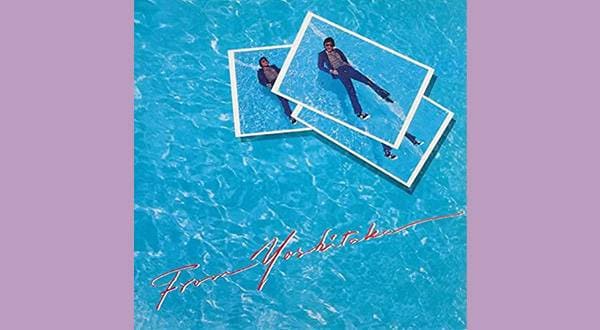
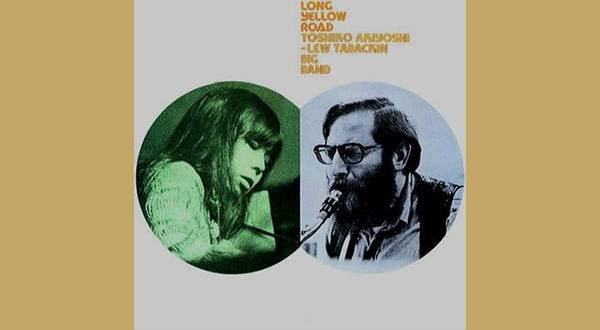
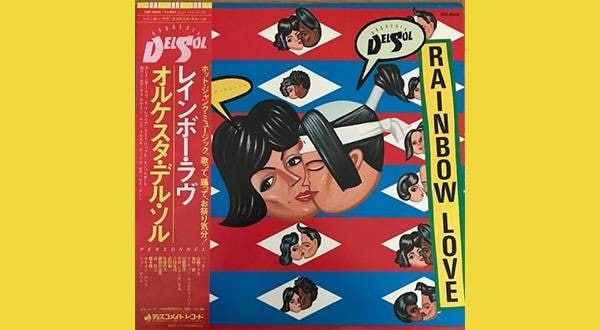
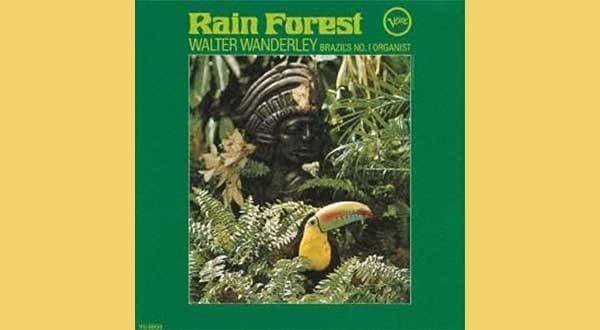
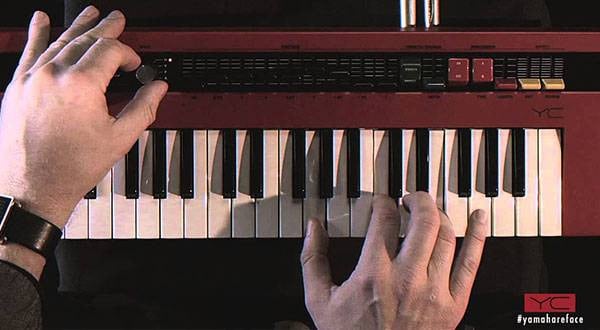
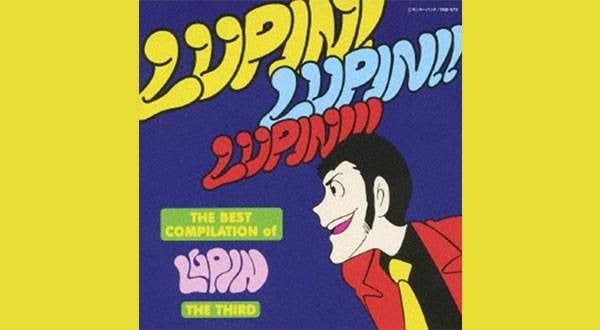
 YAMAHA YC61 特集
YAMAHA YC61 特集
 LP パーカッション
LP パーカッション
 超オススメのフレーズ道場 キーボード
超オススメのフレーズ道場 キーボード
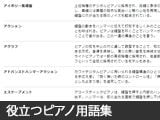 自分にあったピアノを選ぼう!役立つピアノ用語集
自分にあったピアノを選ぼう!役立つピアノ用語集
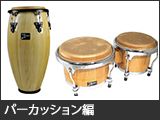 パーカッション編
パーカッション編
 キーボードスタートガイド
キーボードスタートガイド















